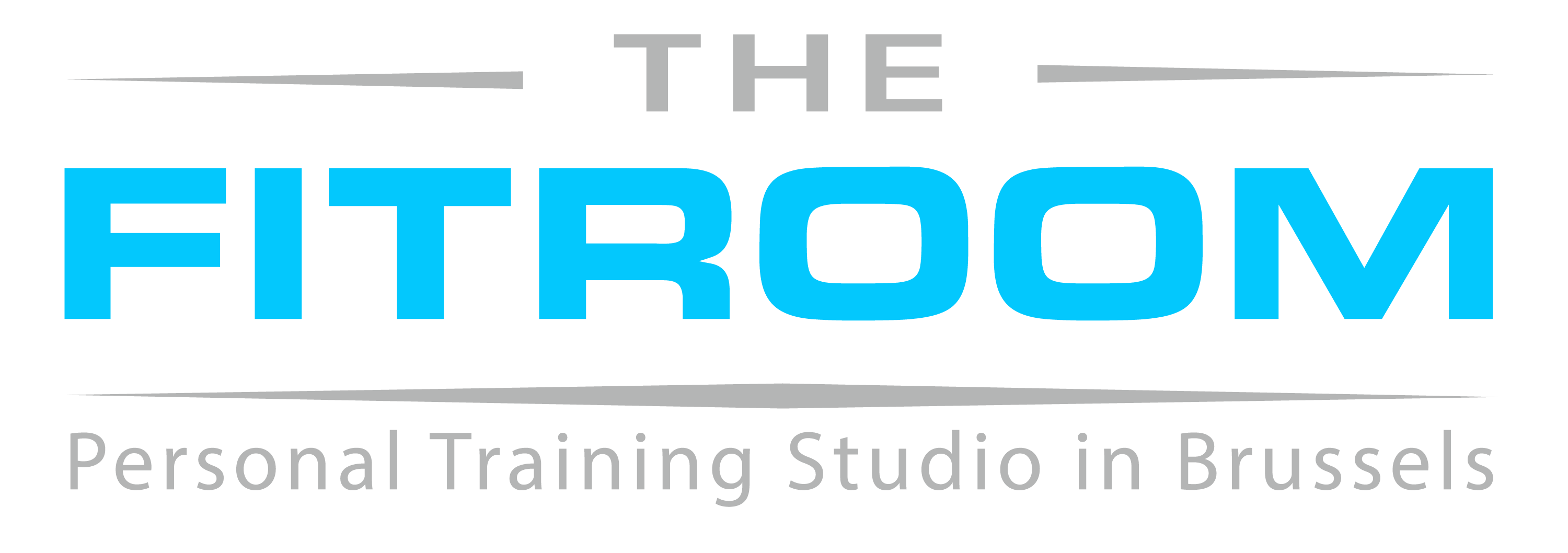Did you know that muscle is the largest endocrine organ in the body and regulates metabolism?
Did you know that working and building your muscles can actually help reduce systemic inflammation? Its importance in longevity, health, and disease prevention is often under appreciated.
Muscles not only provide structural architecture and enable dynamic motion, but they also play a key role in our physiological metabolic infrastructure.
Muscle is the most important organ in the body and we need to maintain its optimal mass. It’s like the heart, it’s vital to youth and longevity. Our muscle is the largest organ in our body responsible for fat oxidation, glucose metabolism, detoxification Muscle plays a central role in whole-body protein metabolism. It serves as the primary reservoir of amino acids, which allows for protein synthesis in vital tissues and organs in the absence of amino acid absorption from the gut. Muscle also provides support for liver metabolism. Altered muscle metabolism plays a key role in the development of many diseases.
However, maintenance of muscle mass, strength, and metabolic function is rarely, if ever, considered when placing patients on a diet, meds, or supplements.
Muscle is arguably the most important system as it relates to combating our current health crisis as well as regaining and creating exceptional health and performance.
It provides not only our physical architecture and locomotion but our physiological (functional) infrastructure as well. Muscle health needs to be approached through nutrition, lifestyle, and of course, training.
We all know that as we age, we lose muscle mass. This is because when we’re young, our muscles are stimulated by our hormones (growth hormones, testosterone and insulin). However, as we age, we produce less and less anabolic hormones and we rely mainly on muscle stimulation through exercise and diet.
When addressing the topic of nutrition, we are looking to activate what’s called “muscle protein synthesis” by having clients consume the proper amount of protein throughout the day at each meal. At a bare minimum, research has shown that at least 30 grams of protein, 3 times a day will stimulate the muscle for protein synthesis. This leads to muscle growth, which will ultimately lead to a healthier balance of muscle to fat giving the ideal body composition ratios.
To only address obesity as a “too much fat” problem and not look at the “too little muscle” problem, is a pitfall and missed opportunity. You can lose fat, not address the muscle and still not see the balance you want in your body. This isn’t just talking about looks and aesthetics either, that just comes with it. This truly will address the other imbalances within the body such as hormone, blood sugar and other issues that can create havoc and cause disease within the body.
Regular physical activity activates the muscle, but a lot of people exercise, which is just movement-based, and not a lot of people train. Training involves planned, executed programs with progressions. When working out and activating the muscle, this isn’t just about “body-building”: you are effectively working other parts of the body. For example, exercises that target large muscle groups are good for the brain.
When it comes to optimal workouts, we highly recommend resistance training (lifting weights) to stimulate muscle. Also, it helps with mood and cognition. Some examples of great exercises are really heavy, compound movements: the squat, the deadlift or the pullups, which are staple in our programs.

